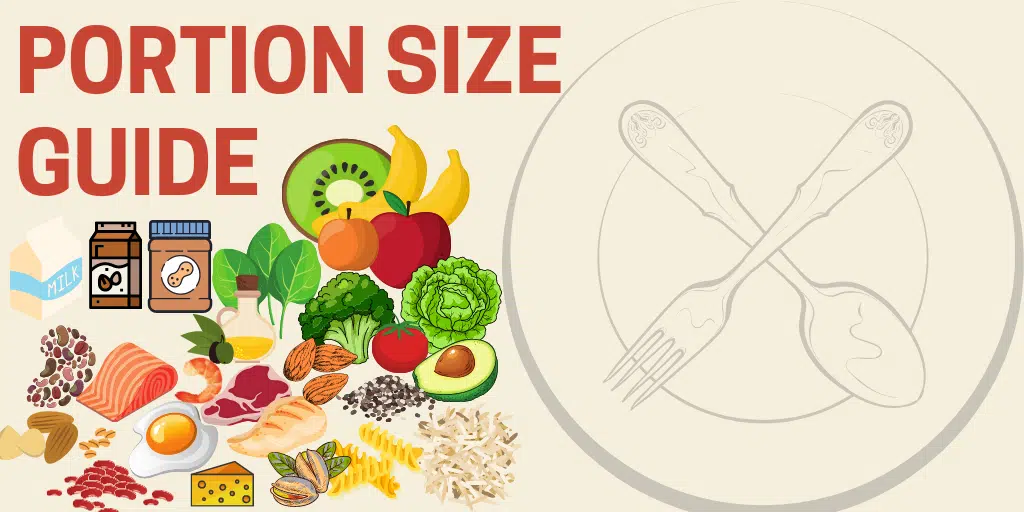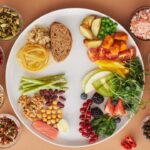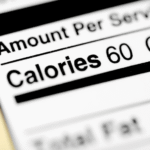Understanding portion sizes is key to healthy eating. Many people eat more than they realize. In the U.S., food portions have grown over time. This leads to overeating, weight gain, and health problems. Learning how much to eat helps you manage your weight and feel better.
This guide will walk you through everything you need to know about portion sizes. It uses simple English and clear examples. You’ll also get practical tips and answers to common questions.
What Is a Portion Size?
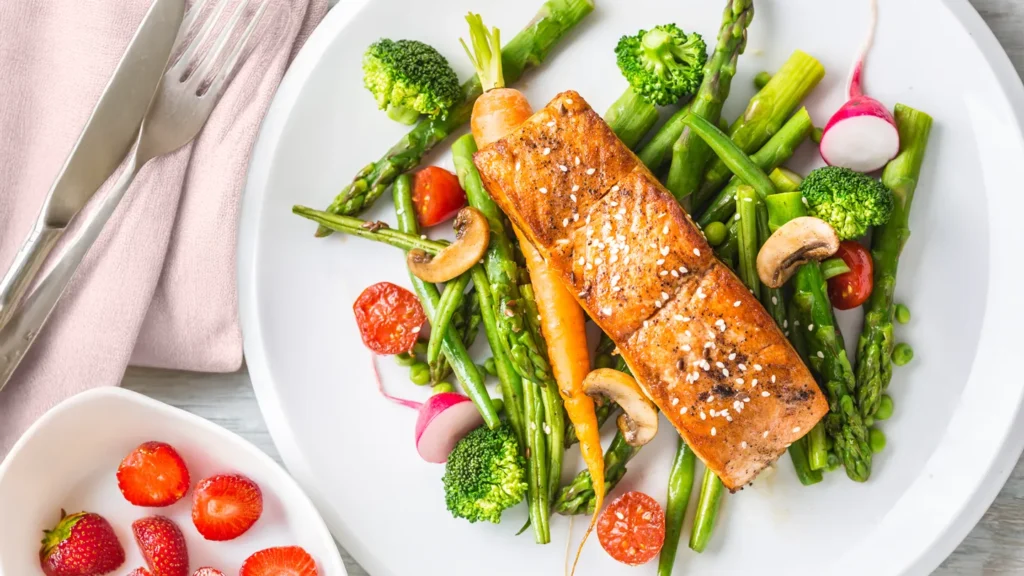
Portion Size vs. Serving Size
A portion size is the amount of food you choose to eat. A serving size is a recommended amount on nutrition labels. For example, a bag of chips may list one serving as 15 chips, but you might eat 30. That means you ate two servings.
Why Portion Size Matters
Eating large portions can lead to more calories than you need. Even healthy foods can cause weight gain if portions are too big. Watching portion size helps you:
- Control calorie intake
- Prevent weight gain
- Understand food labels
Also Read Upper Body Beginner Workout (No Weights)
How Much Should You Eat?
Use Your Hand as a Guide
Your hand is a useful tool to estimate portions:
- Protein (like meat or tofu): size of your palm
- Carbs (like rice or pasta): size of your cupped hand
- Vegetables: size of your fist
- Fats (like butter or oil): size of your thumb This method is easy to use anywhere, even when eating out.
Use a Plate Model
Divide your plate for balance:
- Half: vegetables and fruits
- One-quarter: protein
- One-quarter: whole grains or starchy foods This “MyPlate” method is recommended by the USDA. It helps you get nutrients without overeating.
Portion Sizes for Common Foods
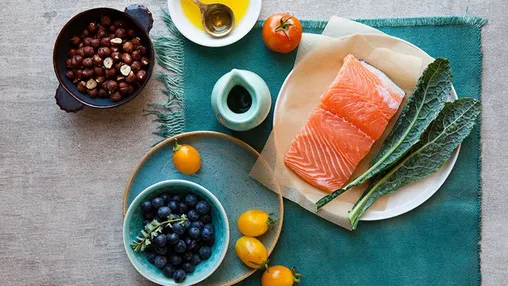
Grains and Carbohydrates
- 1 slice of bread = 1 serving
- 1/2 cup of cooked rice or pasta = 1 serving
- 1 cup of cereal = 1 serving Be aware: many restaurant portions are 2–3 times larger than this.
Proteins
- 3 oz of meat, poultry, or fish = 1 serving (size of a deck of cards)
- 1 egg = 1 serving
- 1/4 cup of nuts = 1 serving Try to choose lean proteins and avoid frying.
Fruits and Vegetables
- 1 cup of raw vegetables = 1 serving
- 1/2 cup of cooked vegetables = 1 serving
- 1 small apple or banana = 1 serving Aim for 5 servings of fruits and vegetables per day.
Dairy
- 1 cup of milk or yogurt = 1 serving
- 1.5 oz of cheese = 1 serving (about 4 dice) Choose low-fat or non-fat options when possible.
Fats and Sweets
- 1 tsp of butter or oil = 1 serving
- 1 tbsp of salad dressing = 1 serving
- Limit sweets to small portions, such as one small cookie
How to Control Portion Sizes
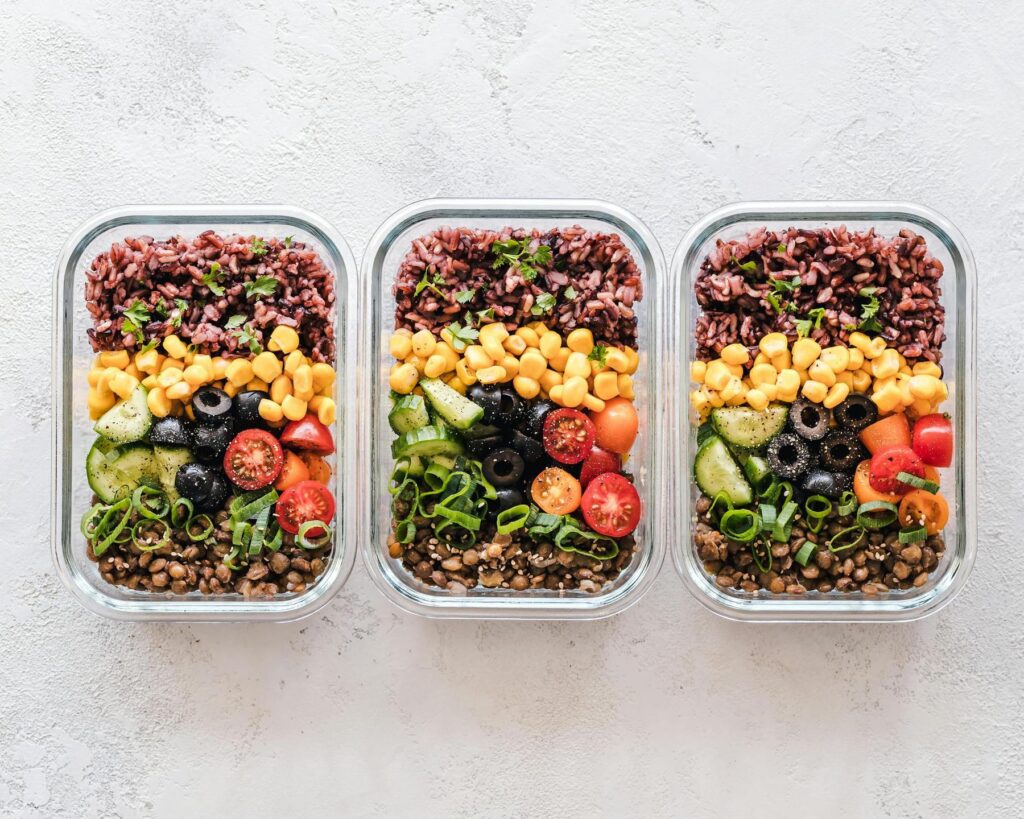
At Home
- Use smaller plates and bowls
- Serve food in the kitchen, not at the table
- Avoid eating straight from the package
- Read nutrition labels to understand servings
At Restaurants
- Ask for a to-go box at the start and pack half your meal
- Order smaller portions or share meals
- Skip the bread basket or dessert
- Avoid “all you can eat” places
Smart Snacking Tips
Pre-Portion Snacks
- Divide snacks into small containers or bags
- Avoid family-size bags when possible
Choose Healthier Options
- Fresh fruit, yogurt, or a handful of nuts
- Air-popped popcorn or whole-grain crackers
Mindful Eating Habits
Eat Slowly
- Take small bites and chew thoroughly
- It takes 20 minutes for your brain to feel full
Avoid Distractions
- Don’t eat while watching TV or on your phone
- Pay attention to your hunger and fullness cues
Tools That Help
Measuring Tools
- Use measuring cups and spoons to learn correct sizes
- Weigh foods with a kitchen scale
Portion Control Products
- Use pre-portioned plates or containers
- Apps can help track what you eat
Common Portion Pitfalls
Supersized Meals
- Fast food meals often contain more than 1,000 calories
- Choose regular sizes or kids’ meals
Buffet Temptations
- Take one plate only
- Fill half your plate with vegetables first
Benefits of Portion Control
Weight Management
- Helps prevent weight gain or support weight loss
- Fewer calories with the same food
Improved Health
- Lower risk of diabetes, heart disease, and high blood pressure
- Better digestion and more energy
FAQs
What is the difference between portion size and serving size?
Portion size is how much you actually eat. Serving size is the recommended amount on a label.
How do I know how much to eat?
Use your hand, measuring cups, or a plate guide. Start with small amounts and add more if needed.
Can portion control help me lose weight?
Yes. Eating smaller portions can help you take in fewer calories, which supports weight loss.
How can I control portions when eating out?
Ask for half portions, pack leftovers, and avoid extras like appetizers and desserts.
Is it okay to eat bigger portions of vegetables?
Yes. Non-starchy vegetables like spinach, broccoli, and carrots are low in calories. Eat as much as you want.
Do I need to measure food forever?
No. Measuring helps you learn. Over time, you can estimate portions by eye.
Final Tips
- Drink water before and during meals
- Don’t skip meals, which can lead to overeating later
- Keep healthy snacks on hand
- Plan meals ahead of time
Mastering portion sizes doesn’t mean giving up your favorite foods. It means enjoying them in moderation. With a little practice, you can eat smarter and feel better every day.
Author- Ayush
